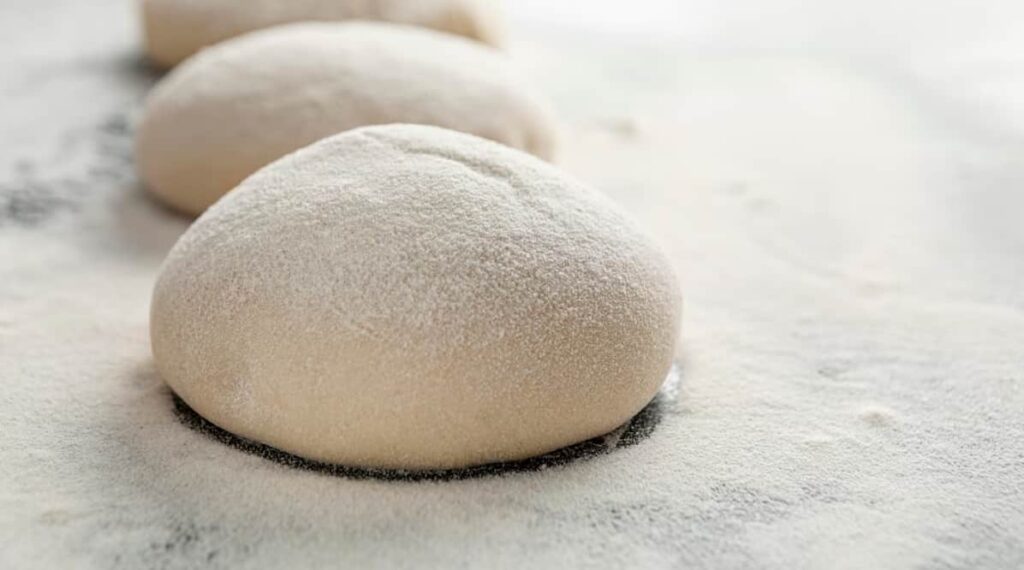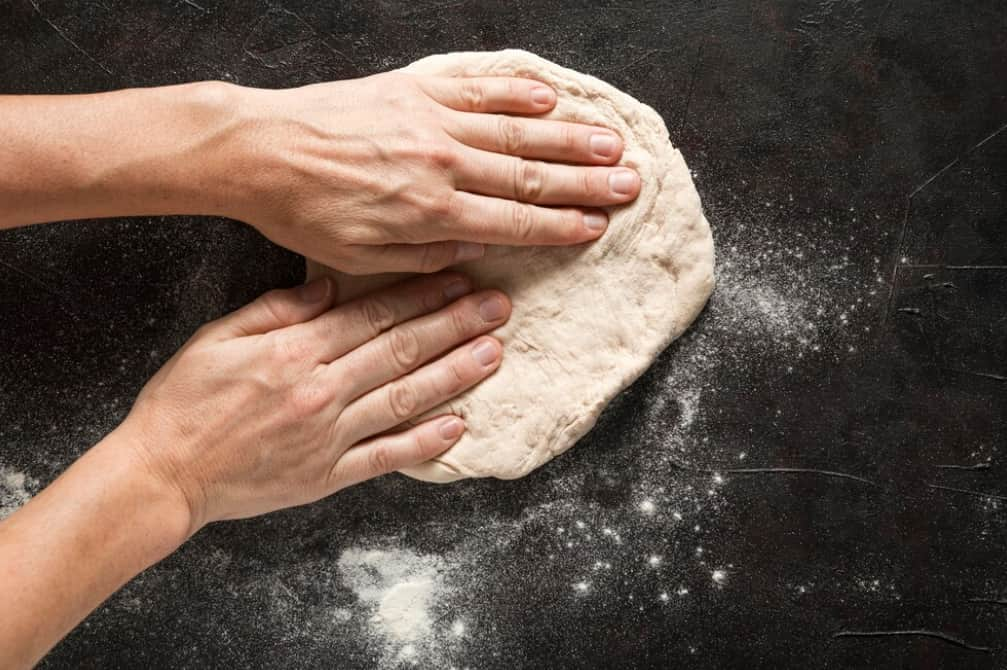Perfecting Cold Fermented Pizza Dough
The Super Bowl season sparks a culinary frenzy that often sees us exploring new recipes to excite our palates. Amidst this flurry of flavors, there’s one dish that consistently reigns supreme – the cold fermented pizza dough.
You may also like exploring another kitchen wonder: apple cider vinegar and its effectiveness in treating nausea.
Super Bowl and Its Culinary Ties
The thrilling atmosphere of the Super Bowl and the anticipation of the best commercials is often paired with a feast of comforting foods. Whether you are a fan of chili complemented with cornbread or prefer a hearty vegetarian alternative, there’s a dish for everyone. Yet, a surprising contender steals the spotlight each year – the pizza. Highly appreciated, pizza has become synonymous with Super Bowl Sunday, standing tall as the dish with the highest sales during the day.
An Exploration of the Cold Fermentation Process
The secret to a perfect pizza lies in its crust. Although there are various methods, the cold fermented pizza dough has gained popularity due to its distinct advantages:
- Cold fermentation is time-effective: Prepare the dough during the week and let it rest until the weekend. This saves time on typically busy days, freeing you up for other activities;
- Enhances flavor and digestibility: The long fermentation process builds a rich, complex flavor and breaks down phytates – compounds that can make grains hard to digest;
- Provides flexibility in portioning: Depending on your needs, you can roll out different sizes of pizza. This method also allows for par-baking and freezing, ensuring a steady supply of pizza crusts for the coming weeks.
From Dough to Delicious – The Pizza Journey

To make the most of the fermentation process, prepare the dough at least 24 hours before you need it. While an overnight ferment gives decent results, a longer ferment of up to five days yields a dough with enhanced flavors that’s well worth the wait.
Regardless of your interest in the Super Bowl, take the opportunity to gather friends and family and share the joy of a homemade, cold fermented pizza. Cold fermentation transforms a humble dough into a flavorful base ready to be adorned with your favorite toppings.
Pizza Proportions
Achieving the right texture is equally important. While some may prefer their crust blackened and puffy, others might opt for a less charred version. Adapt the recipe according to your preference. Par-baking before topping is a practical approach to prevent a soggy crust. Still, you’re welcome to stick to your tried-and-tested methods as they should work fine with this dough.
Now that we’ve discussed the intriguing process of cold fermentation, let’s put it into action with a step-by-step recipe. This recipe closely follows the methods from Serious Eats and should yield four 11-inch crusts.
Cold-Fermented Pizza Dough Recipe

This recipe yields four 11-inch pizza crusts, combining the goodness of whole wheat and all-purpose flour.
Ingredients:
- 15 oz (approx. 3 cups) unbleached all-purpose flour;
- 5 oz (approx. 1 cup) whole wheat flour;
- 2 1/4 tsp kosher sea salt (or 2 tsp fine salt);
- 3/4 tsp instant yeast (or 1 tsp active dry yeast);
- 2 tsp honey;
- 12 oz filtered water.
Instructions:
- Initial Mixing: In a stand mixer bowl, whisk the flours, salt, and yeast together. Mix in the honey and water. Knead on low speed until the dough starts to come together. Cover the bowl with plastic wrap loosely and rest for 10 minutes;
- Kneading: Continue kneading on low speed for another 10 minutes until the dough becomes smooth and elastic, cleaning the sides of the bowl. If necessary, adjust the texture by adding water or flour, 1 tablespoon at a time;
- Dividing and Fermenting: Divide the dough into two equal parts on a floured surface. Place each half in a gallon-sized zippered bag, leaving some air inside. Refrigerate for at least one night, ideally for five days;
- Post-Fermentation Processing: After fermentation, divide each dough half into two more pieces (four in total). Form them into balls, and place each in a lightly oiled small bowl. Cover with plastic wrap and let them rise for 2 hours;
- Oven Preparation: Preheat the oven to 475°F, placing a pizza stone in the middle rack;
- Shaping the Dough: Shape each dough ball into a circle by hand. If the dough resists, let it rest covered for an additional 10 minutes. Alternatively, rolling out the dough is an option, though it may result in a tougher crust;
- Baking: Place each dough circle on parchment paper, and slide onto the hot stone using a pizza peel or inverted cookie sheet. Bake for 4 minutes or until the crust becomes puffy;
- Finishing: Remove the crust from the oven. You can either add toppings and bake for an additional 5-7 minutes or cool the crusts completely, wrap them tightly, and freeze for later use (thaw before topping).
This cold-fermented dough recipe offers a delicious foundation for homemade pizzas, enhancing flavor and texture through a slow fermentation process.
Conclusion
Exploring the realm of cold fermented pizza dough opens new culinary possibilities. The cold fermentation process offers many benefits, from enhancing flavor and digestibility to providing flexibility in portioning. Whether you’re celebrating the Super Bowl or just craving some homemade pizza, this cold fermented pizza dough recipe is your ticket to an unforgettable pizza experience.
